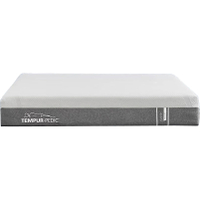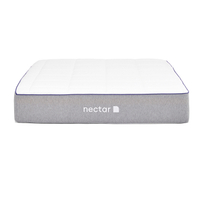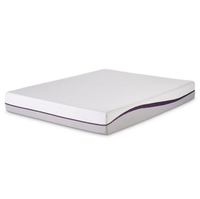What is motion isolation and why is it important for your mattress?
An essential guide for anyone who shares a bed
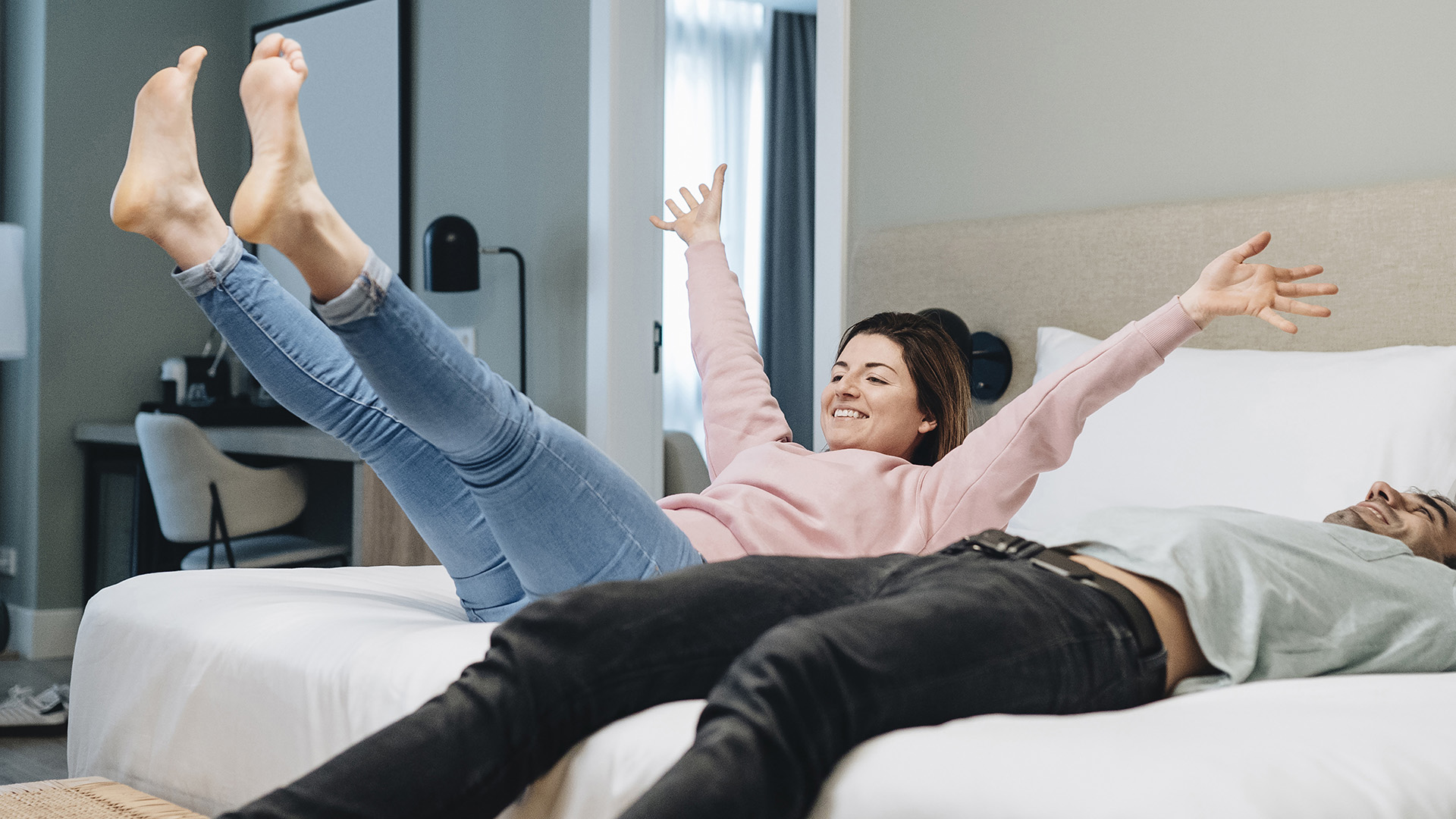
Sharing a bed can make your rest feel like a joint activity. They twitch, you flinch. They turn on their side, you're knocked out of a dream. If they should, oh dear, get up during the night, you'll probably never fall back to sleep. When this happens, it's not that your partner is trying to be annoying – it's that you've got a mattress with poor motion isolation.
Motion isolation refers to whether movement is able to travel from one side of the bed to the other. Good motion isolation means your mattress absorbs movements, so a partner's wriggling doesn't make its way over to your side of the bed. This can limit sleep disruptions, helping both bed partners sleep soundly through the night. We expect all the best mattresses to be good at isolating movement, but some mattress materials, like memory foam, are generally better at it than others.
Motion isolation is one of the top performance aspects to consider when shopping for a new bed, along with edge support and temperature regulation. In this guide, we'll explore what motion isolation is and how to choose a mattress that lets you sleep soundly no matter how much your partner stirs.
What is motion isolation in a mattress?
The term motion isolation describes how well a mattress prevents movement on one side of a bed being felt on the other. If a mattress has good motion isolation, one person can get in and out of bed without disturbing the other. The mattress will absorb the movement so sleep disruptions are avoided.
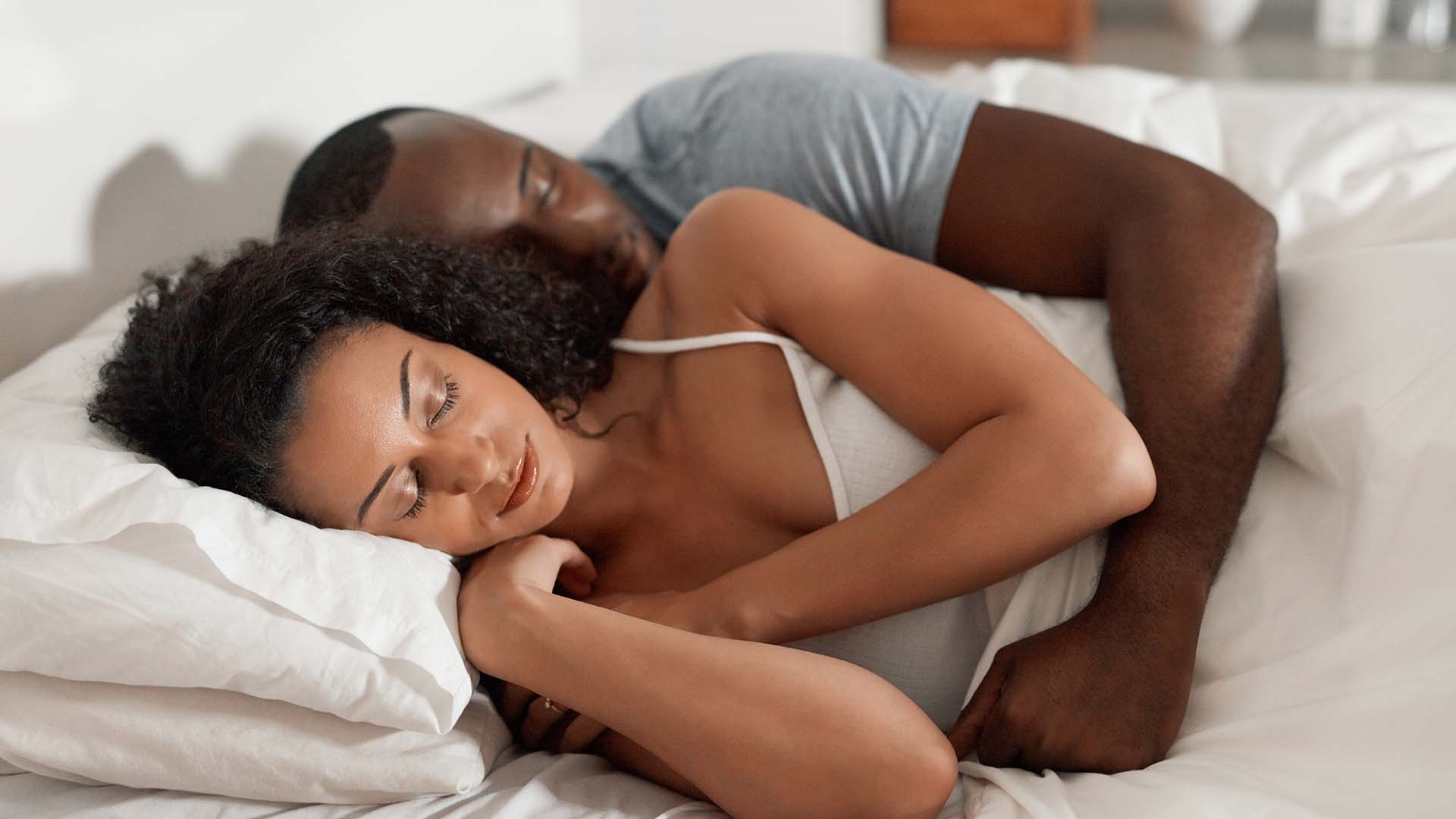
Beds with poor motion isolation have high motion transfer, which is when movement on one side of the bed can be felt all over the mattress. That means if you share a bed with someone restless, you're more likely to be kept awake. Good motion isolation is particularly important for couples, and a key consideration of how to choose a mattress.
What is the best mattress material for motion isolation?
Memory foam is considered the best mattress material for motion isolation. Dense and slow moving, memory foam absorbs motion as it happens, trapping this disruption to one side of the bed. All the best memory foam mattresses offer excellent motion isolation, but even cheap memory foam mattresses tend to reliably absorb movement.
Innerspring and hybrid mattresses, on the other hand, tend to have a bouncier build that allows more motion transfer. This is because of the coil layer (or layers) used in both these mattress builds. As the coils compress when pressure is applied and rebound when that pressure is removed, shifting about on the mattress causes these springs to bounce around. This can sometimes set all the other springs moving in response, especially on a standard or continuous coil mattress, where each spring is interconnected.
An example of memory foam, showing slow movement limiting motion transfer
The best hybrid mattresses have ways of navigating this issue. Often, this is done by individually wrapping the springs. Individually wrapped pocket springs aren't connected to their neighbors, so when one spring starts bouncing, the others stay still.
Hybrid mattresses can also use a comfort foam layer to limit motion transfer. A comfort layer is a top layer of cushioned material – often foam but sometimes other materials such as wool – that sits on top of the springs. Comfort materials can reduce the motion transfer by absorbing movement, much the same as an all-foam bed. However, as a thinner layer, it won't offer the same exceptional motion isolation as a thicker bed of the same material.
Get daily insight, inspiration and deals in your inbox
Sign up for breaking news, reviews, opinion, top tech deals, and more.
By combining individually pocketed springs with a cushioning comfort layer, hybrid mattresses can have strong motion isolation. Although, in a memory foam vs hybrid mattress head-to-head, memory foam will still generally win when it comes to motion isolation.
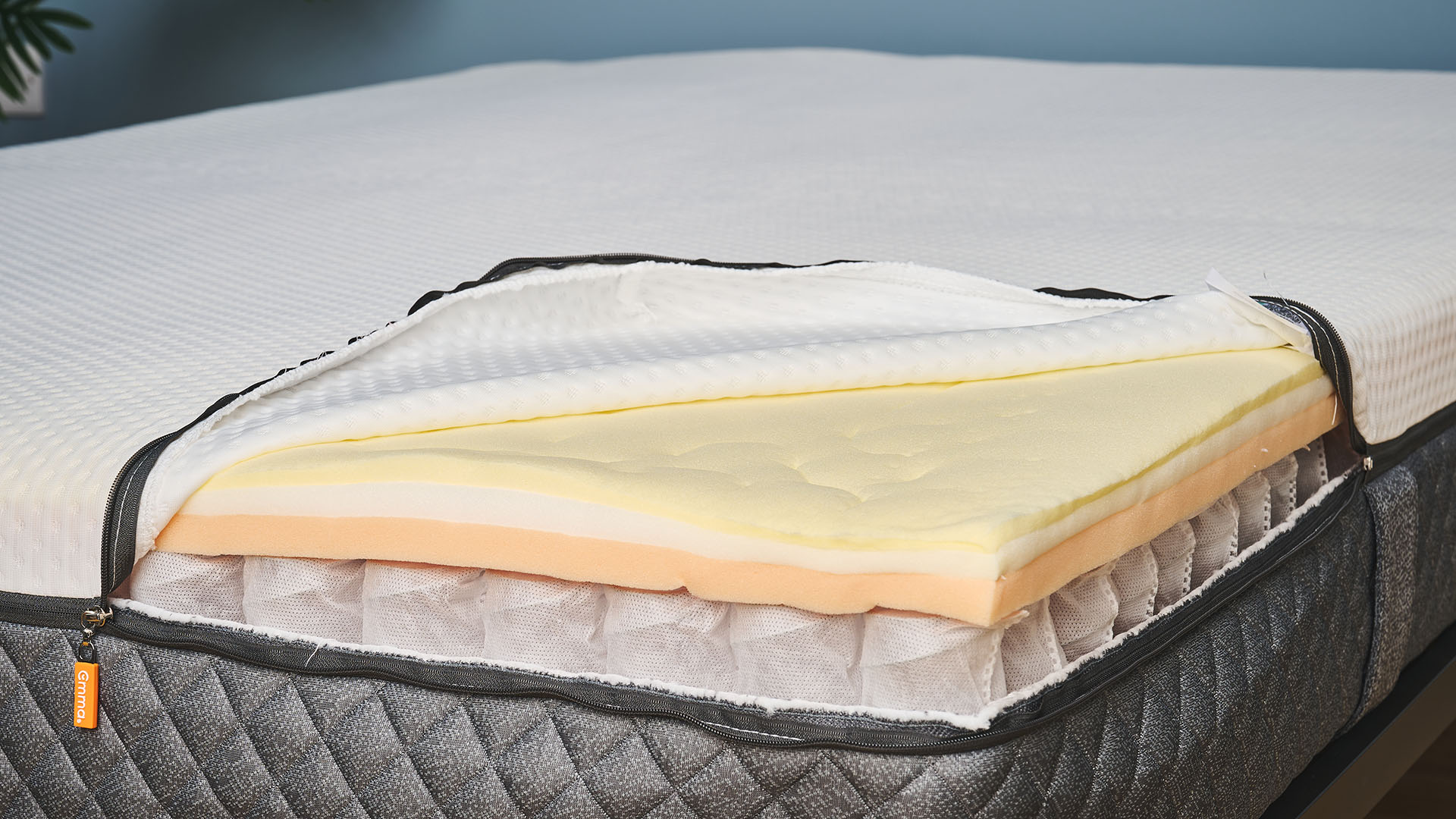
All-foam mattresses are generally known for having strong motion isolation, but latex foam is a bit of an exception. Latex foam tends to be firmer and bouncier than memory foam, which tends to mean higher levels of motion transfer. When comparing latex vs memory foam mattresses, we'd expect memory foam to absorb movement better.
Can you reduce motion transfer in a bed?
The easiest way to boost the motion isolation of your bed is to add a thick, memory foam topper. This will act akin to a comfort layer in a hybrid mattress, with that dense, motion-trapping foam limiting the overall movement of the bed.
The best mattress toppers can adjust the feel of your bed but they can't completely transform it. If you have a very bouncy innerspring, a mattress topper won't make it feel like a super squishy all-foam bed. However, it should reduce the overall level of motion transfer.
Another option to consider is a split mattress – i.e. one that's divided down the middle. These are more common in the US than the UK – a number of the big US bed brands will offer split king or split Cal king sizes. That split down the middle essentially stops all movement in its tracks, as it can’t jump from surface to surface. Check out our guide to UK vs US mattress sizes, to learn more about split beds.
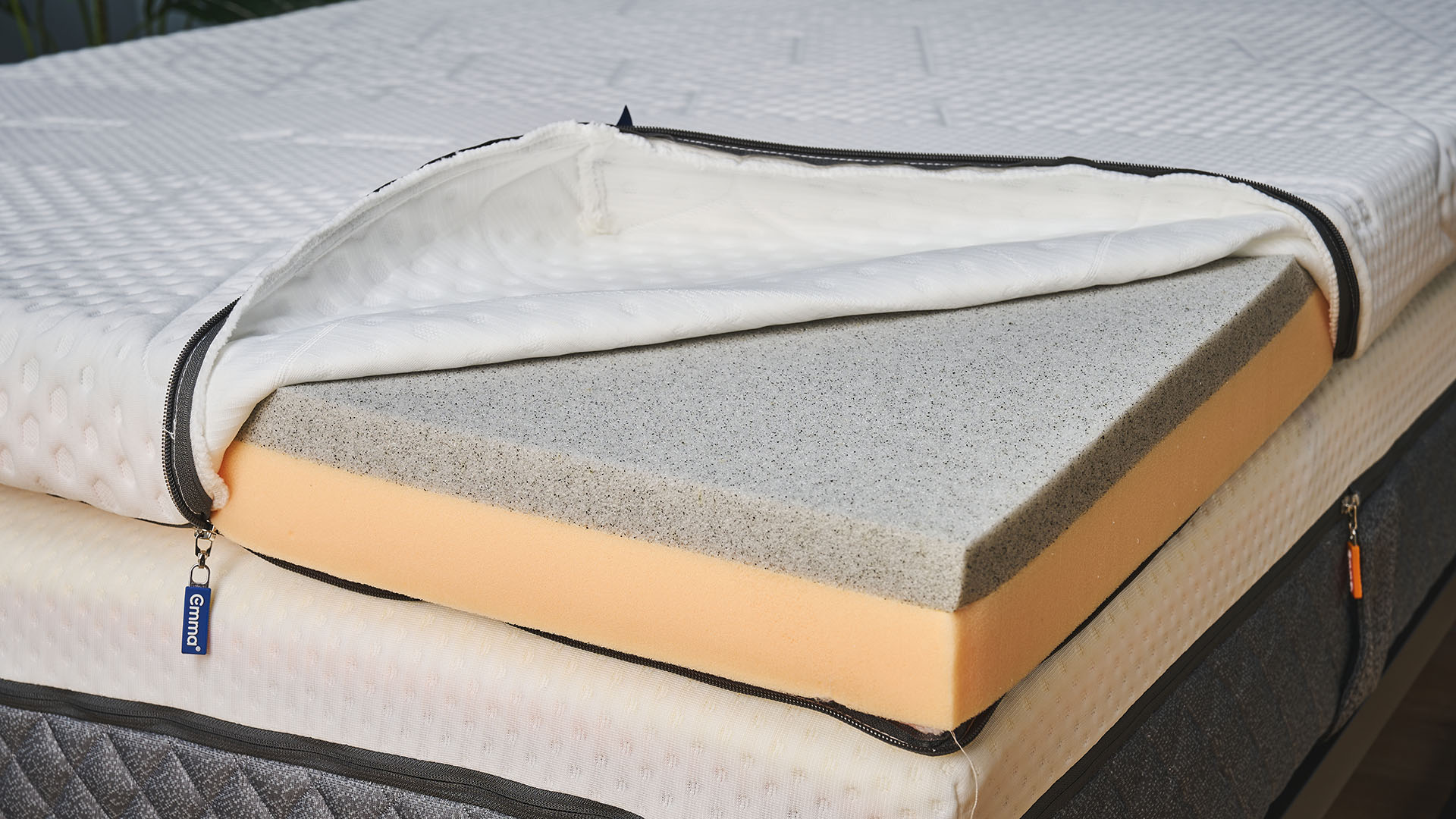
Finally, while it won’t stop motion transfer, the Scandinavian sleep method can limit how much you notice your partner's movements. This sleep hack encourages couples to share a bed but use separate bedding, resulting is less sheet stealing and reduced annoyance towards a restless bedmate. Or if all else fails, there's sleep divorce.
How do you test for motion isolation?
The best way to test for motion isolation is also the simplest: share the bed with another person. Have one person lie in bed while the other gets up, down, and shifts their position. Then, switch roles. After that, you should have a strong idea of how much motion isolation you can expect during the night.
This is where a good mattress trial comes in. A mattress trial allows you to test the bed for a set number of days, for a hands-on understanding of just how it feels. If after a few days you've discovered your bed has too much bounce, you can return it for a refund (the exact details of a mattress trial vary from brand to brand, so double check before buying).
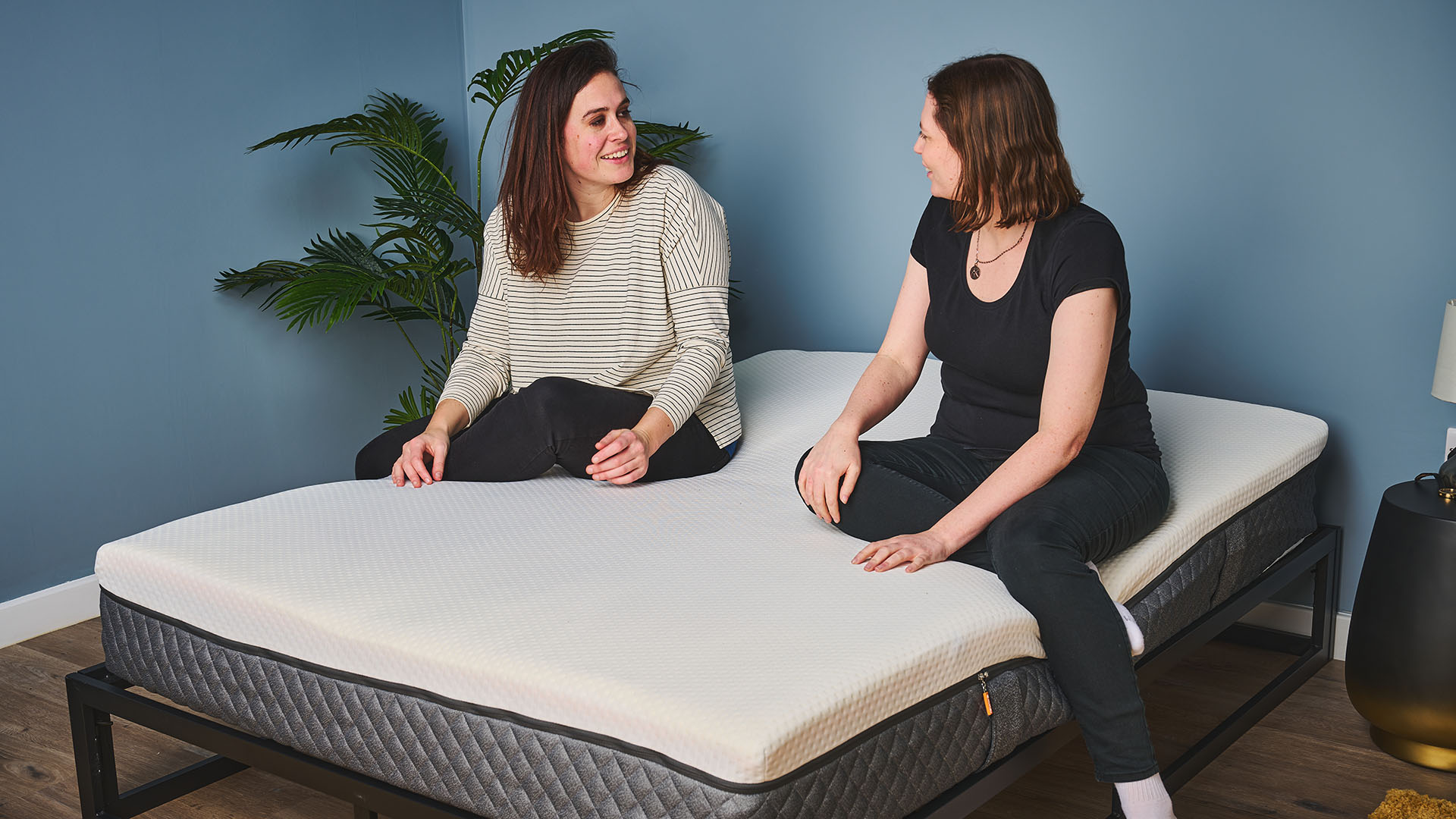
Here at TechRadar, we explore the motion isolation of every mattress and topper we review. We often do this via a drop test: placing a wine glass upright on the surface of the bed, then dropping a weight several inches away from the glass. If the glass stays upright, repeat the test, dropping the weight even closer to the glass. The nearer we can drop the weight without the glass falling, the better the motion isolation is likely to be.
Another quick method to get an idea of motion isolation is to press your hand into the bed. How quickly does the surface return to its original shape? If it immediately springs back, we can presume a higher level of motion transfer. But if it takes a while for the surface to resume its original form, then it probably offers decent motion isolation. This isn't an exact test, but it gives you an idea of how the surface moves.
Who can benefit from good motion isolation?
Motion isolation is an important consideration for anyone buying a mattress, but there are some people who really need to prioritize this feature.
1. Anyone who shares a bed
Beds with good motion isolation are often recommended for couples, especially if one of you has a tendency to toss and turn, or either of you are easily disturbed. While limiting motion transfer can’t guarantee a good night’s sleep, it does mean that one persons bad night doesn't have to be everyone's sleep problem.
It's worth noting that the restless sleeper doesn't have to be a partner. If your kid crawls under your covers at 3am, your cat comes and goes as it pleases, or your dog dreams of chasing the postman, you might want to look into mattresses with good motion isolation.
2. Couples with different sleep chronotypes
You love an early night but your partner feels energized in the evening? You probably have different sleep chronotypes, meaning you feel alert and sleepy at different points in the day. People with different sleep chronotypes often have different bed times and wake up times, which can be disruptive to both sleep patterns. Choose a mattress with good motion isolation, and getting out of bed for your 6am yoga class is less likely to jolt your night owl partner awake.
3. Restless sleepers
If you don't share a bed but have a tendency to toss and turn at night, it can still be a good idea to look for a mattress with good motion isolation. This can lead to a more restful night, because your own movements won't cause as much disruption, and the slower-moving foams can also discourage you from tossing and turning as much as usual.
3 mattresses with good motion isolation
We test every mattress we review for motion isolation. Here are three beds that aced the exam.
Tempur-Pedic Tempur-Cloud mattress
The Tempur-Pedic Tempur-Cloud is a mattress that has earned its name, thanks to the deep, cushioned, cloud-like 'hug' this memory foam bed provides. You'll sink right into the surface, with a comfortable pressure relief that's best for side sleepers. And thanks to this slow moving and contouring foam, the motion isolation is next level, meaning you'll hardly know you're sharing a bed. Learn more with our Tempur-Pedic Tempur-Cloud mattress review.
Nectar Memory Foam mattress
The Nectar memory foam is a strong all-rounder, combining a medium sleep feel with a good performance in all our testing criteria. When it comes to motion isolation, this bed excels, with the softer foams absorbing movement before it can disrupt your sleep. Combined with a surface that suits a range of sleep styles, this is a great choice for couples. Learn more with our Nectar memory foam mattress review.
Purple mattress
The Purple mattress is technically a memory foam mattress, but it has a unique approach to support – it uses a flexible grid as a top layer. Contouring and adjusting to your shape only where pressure is applied, the other points of the grid stay still even as you move. A new way of tackling motion isolation, but an effective one. Learn more with our Purple mattress review.

Ruth is TechRadar’s Sleep Writer. She’s here to help you find the perfect sleep setup for your budget and personal preferences. As well as keeping a keen eye on everything that’s going on in the world of mattresses, she regularly speaks to experts to help you learn how to improve your sleep habits, whether that’s by debunking sleep myths or explaining the science behind it all. Prior to joining the TechRadar team, she wrote features and product guides for new parents hoping to get a decent night's sleep, as well as writing for a variety of online spaces.
